Mole Creek Caves, Tasmania
Photos by Frits and Paula
Go down to thumbnails.
These are large pictures and may take some time to load. Once they have loaded, you won't need any comment from me; just look at them one after the other.
The Mole Creek Caves have always been a “must see” for locals. Now they've become a tourist attraction, with useful but unobtrusive lighting and necessary facilities nearby.
I've found some nice links for the next paragraph. If you right click a link and choose "Open in new tab", you'll be able to come back here easily to look at the others as well.
The earliest European settlers used familiar but often wildly inaccurate names for the new creatures they saw around them; I grew up with porcupines (echidnas), badgers (wombats) and native cats (quolls). There was even mention of the hyena (thylacine), although he was said to be becoming pretty rare. Therefore I'm guessing that those early settlers saw, along the banks of this creek, small furry burrowing creatures that they dubbed “moles”. I daresay that these particular “moles” had strange bills like those of ducks and were more than adequate swimmers.
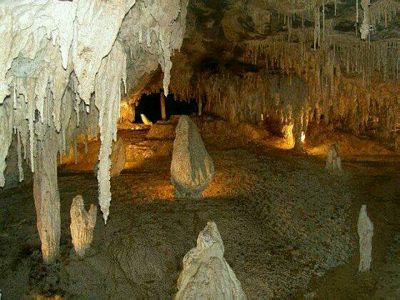
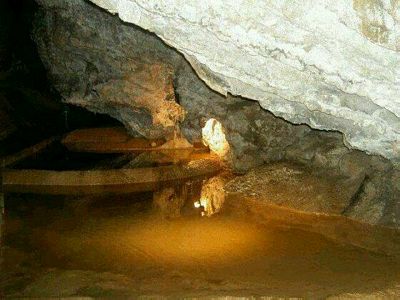
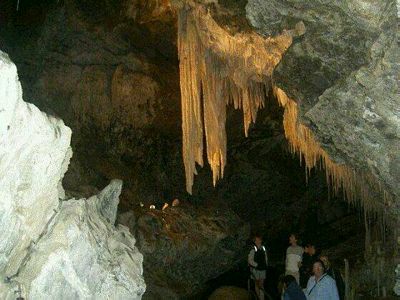
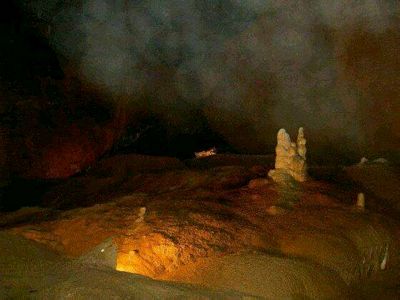


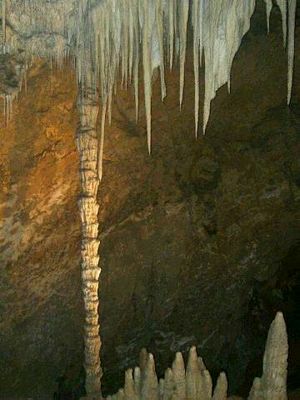

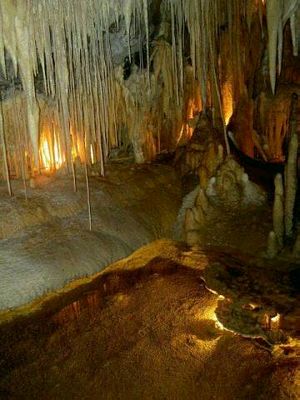
Choose another picture or go to the top of the page.
Questions or comments? I'd love to hear from you. My email address is here.





















